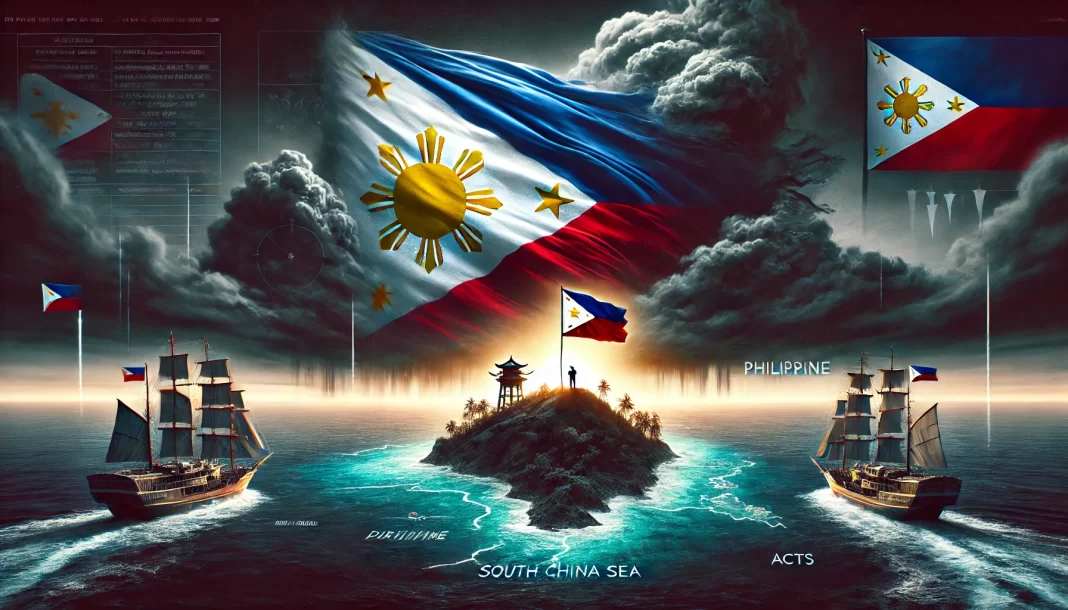The Philippines recently passed two major laws— the Maritime Zones Act and the Archipelagic Sea Lanes Act—to strengthen its control and authority over its territorial waters. These new laws aim to protect the Philippines’ sovereign rights over its maritime zones, particularly in the West Philippine Sea, which is part of the larger, heavily disputed South China Sea.
Under these laws, the Philippines has defined its territorial sea, exclusive economic zone (EEZ), internal waters, and other maritime boundaries according to international law.
This move aligns Philippine Laws with the United Nations Convention on the Law of the Sea (UNCLOS) and the 2016 Arbitral Tribunal ruling, both of which reject China’s extensive claims over the South China Sea. These Philippine Laws allow the Philippines to protect its resources, secure its territories, and regulate the movement of foreign ships and aircraft within its waters. The implementation of these Philippine Laws is a significant step in asserting sovereignty.
Background on the New Philippine Laws
In response, China took the diplomatic step of summoning the Philippine ambassador, delivering a formal protest over the new Philippine Laws. According to Chinese officials, the Philippine Laws directly conflict with China’s territorial claims. These officials claim that the new Philippine measures challenge China’s “historical rights” over the region, a claim that China has long asserted but that international courts and neighboring countries do not recognize.
The tension between the Philippines and China over these waters is not new. The South China Sea is one of the world’s most contested regions, with multiple countries, including Vietnam, Malaysia, and Taiwan, disputing China’s claim. In 2019, China drew more attention by releasing a new national map, showing almost the entire South China Sea within its territory using dashed lines. This move received pushback from other countries in the region and has heightened tensions over territorial rights, especially in light of the new Philippine Laws.
China’s Reaction to the New Laws
Rising Security Concerns and Implications
The Philippines’ legislative move reaffirms its rights to these territories and serves as a legal basis to oppose China’s continued development of disputed reefs and islands. The Philippine Laws also state that artificial islands within the Philippine EEZ are under the jurisdiction of the Philippines, a clear message to China that its activities in these zones are considered a violation of Philippine sovereignty.
In response to the new Philippine Laws, China remains defiant, with officials reiterating that they will not recognize the 2016 Arbitral Tribunal ruling, dismissing it as “a piece of paper.” Despite this stance, the Philippines has stressed that these new laws are based on both international law and the arbitral ruling, underscoring their legitimacy.
As the West Philippine Sea becomes an increasingly contested zone, the presence of both Philippine and Chinese naval forces has grown. The U.S. has also voiced its support for the Philippines, and while no specific actions have been outlined, Washington has reiterated its commitment to defending its ally under the Mutual Defense Treaty. This development has added an international dimension to the dispute, with more nations watching closely to see how this situation unfolds regarding the enforcement of the Philippine Laws.

